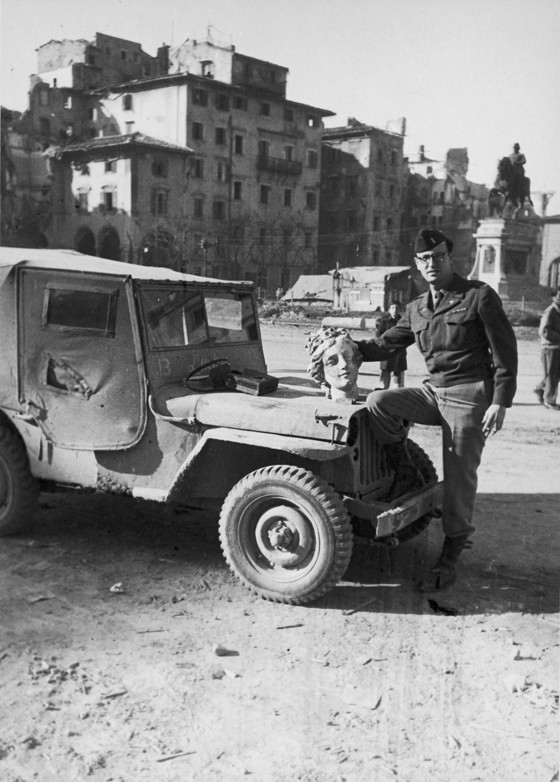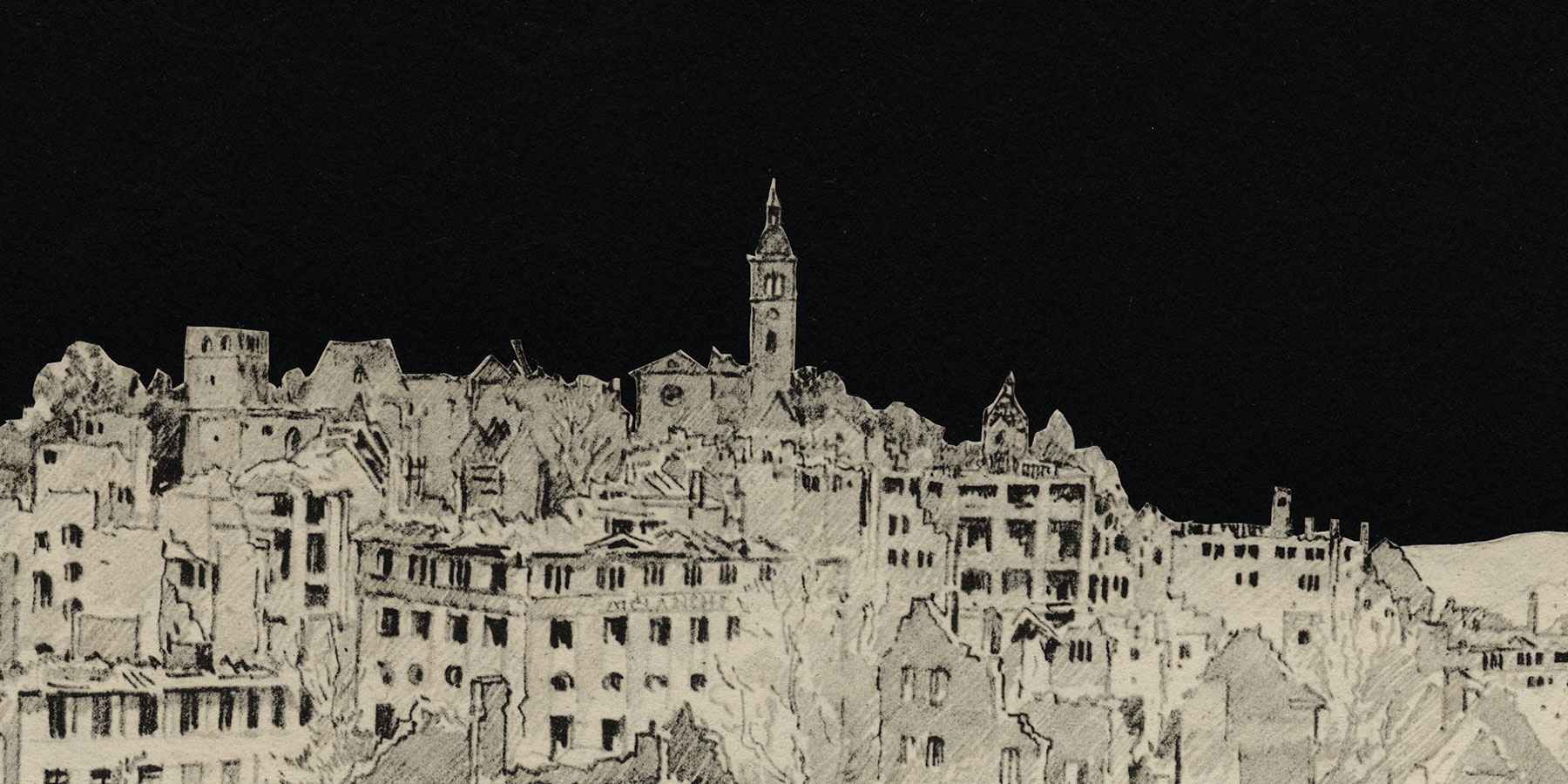The Monuments Men
and the National Gallery of Art
Introduction
Shortly we will be fighting our way across the continent of Europe in battles designed to preserve our civilization. . . . in the path of our advance will be found historical monuments and cultural centers which symbolize to the world all that we are fighting to preserve.
It is the responsibility of every commander to protect and respect these symbols whenever possible.
Dwight D. Eisenhower, General, US Army, May 26, 1944
The successful activities of these few men is out of all proportion to their number and their position within the military machine. The task was nothing less than to preserve as much as they could of man’s creative past.
Report of the American Commission for the Protection and Salvage
of Artistic and Historic Monuments in War Areas, 1946
During World War II, American art historians, museum and art professionals, and archivists were deployed as military officers to protect historical monuments, art, and archives in war theaters throughout western Europe. These “monuments men” were part of the military’s Monuments, Fine Arts, and Archives (MFAA) program. The National Gallery of Art played a seminal role in its creation.
This display describes the creation of the government commission that instigated and supported the MFAA and explores the experiences of a few of the real-life monuments men. The photographs and documents shown here can only suggest the enormous achievements of the program.
Unless otherwise noted, materials on view are from the Gallery’s rich holdings on the MFAA. The monuments officers and their families generously gave these personal records to the Gallery archives, thus ensuring that this remarkable story may continue to be told for future generations.

Lieutenant Frederick Hartt, one of the monuments men, was sent to Livorno to investigate accounts of antiquities being looted from severely damaged sites in the city. Frederick Hartt Papers
Next > I. Behind the Monuments Men
